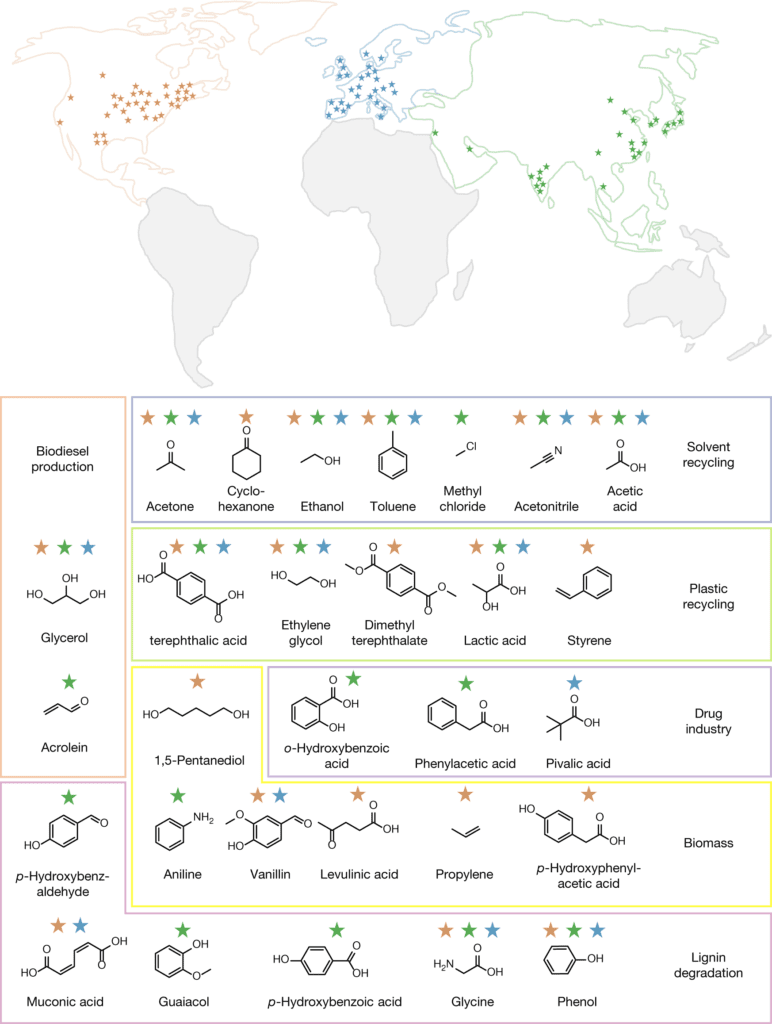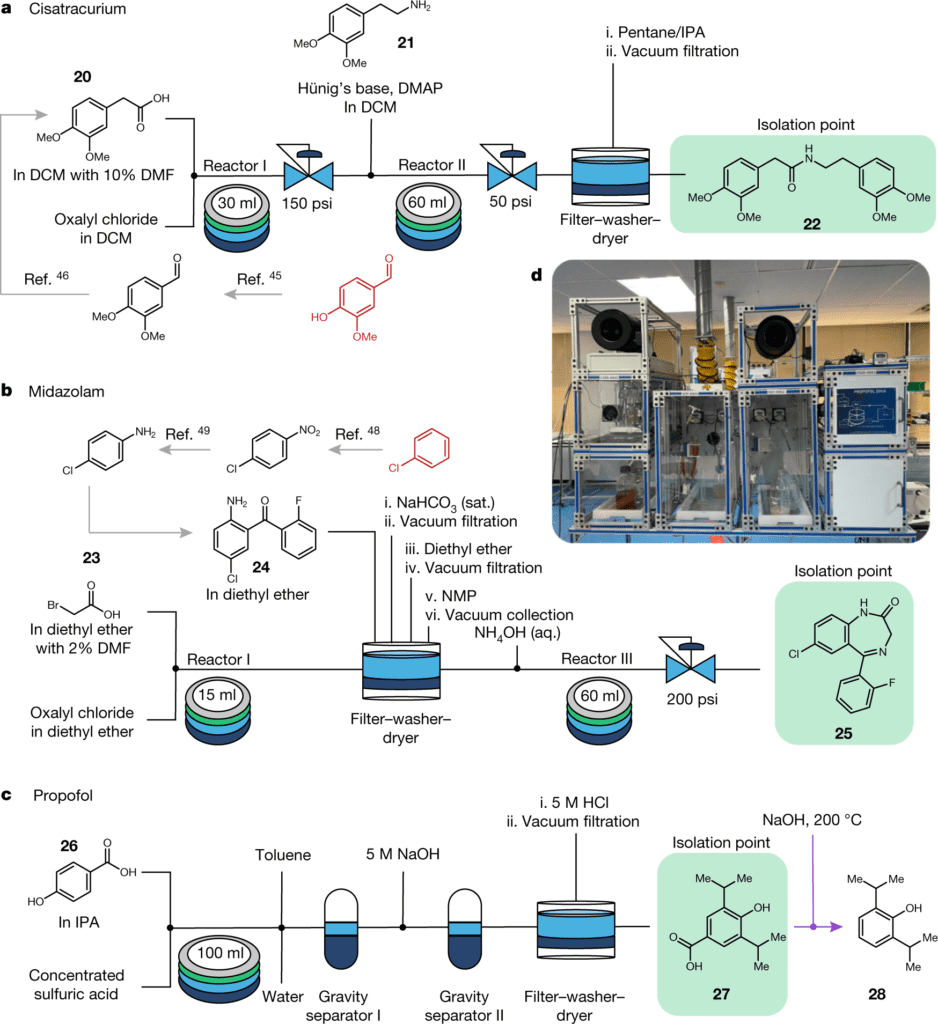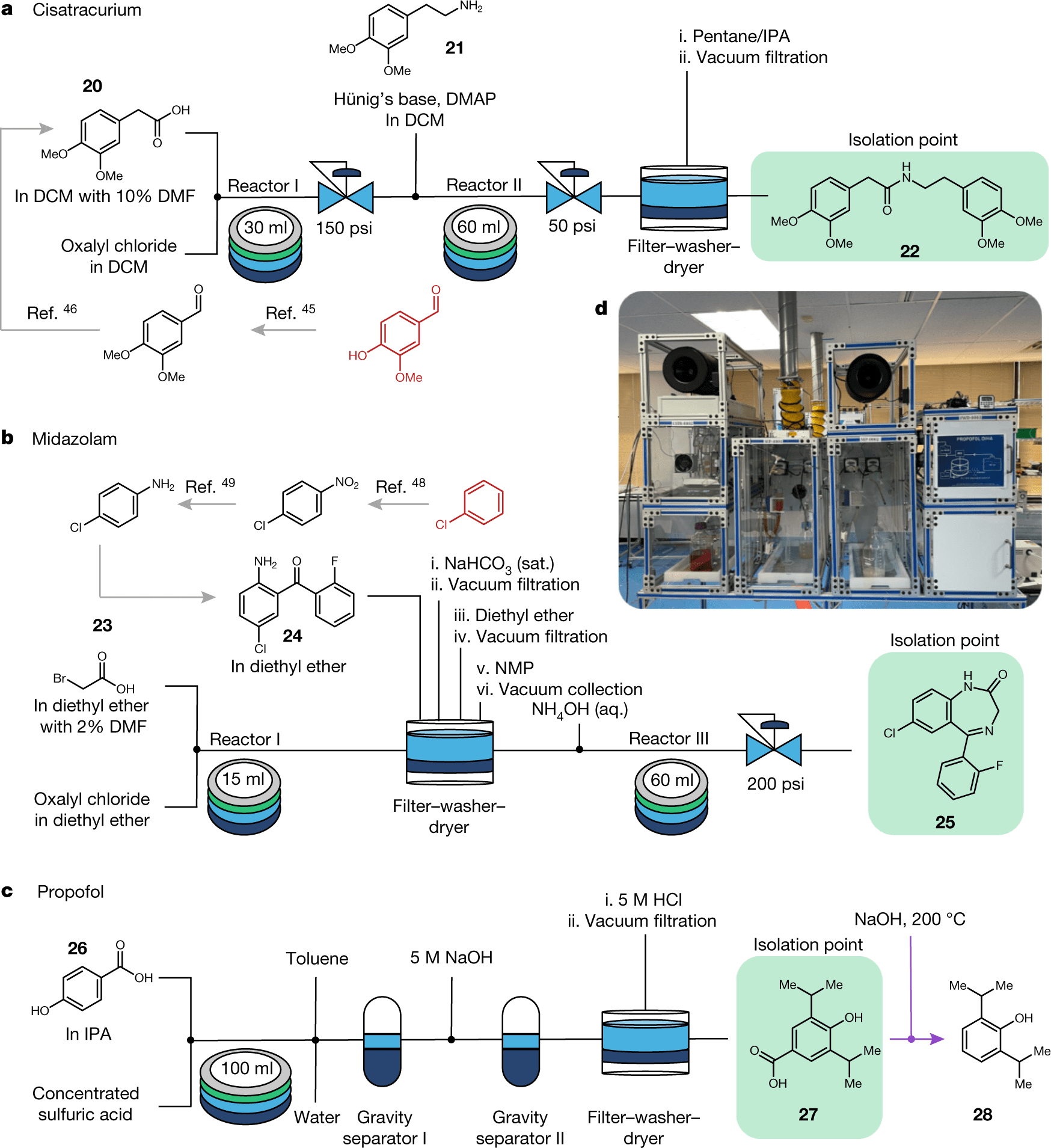The widespread use of computational waste-to-value algorithms can speed up the productive reuse of chemicals that would otherwise incur storage or disposal expenses or even pose environmental risks.
Scientists from the Ulsan Institute of Science and Technology, Republic of Korea, have developed an innovative strategy to repurpose waste chemicals into usable products using artificial intelligence (AI).
Professor Bartosz A. Grzybowski from the Department of Chemistry at Ulsan Institute of Science and Technology and his research team from the Center for Soft and Living Matter at UNIST’s Institute for Basic Science (IBS) have developed an innovative strategy to repurpose waste chemicals into usable products using artificial intelligence (AI).
The Institute of Organic Chemistry of the Polish Academy of Sciences (IOC PAS) in Poland and Allchemy in the United States collaborated on this breakthrough, published in the April 2022 issue of Nature.
The chemical industry continues to produce large amounts of waste chemicals, and it is critical to developing ‘circular chemistry’ methods to productively transform at least a fraction of these undesirable materials back into valuable products.
Despite significant progress in the degradation of some classes of toxic chemicals, work on ‘closing the circle’—converting waste substrates into valuable products—remains scattered and concentrated in well-known areas.
Comprehensive evaluations of whether valuable products can be synthesized from various chemical wastes are complex since even smaller sets of waste substrates can create millions of putative products in just a few steps, each synthesizable via many paths forming densely connected networks. Human chemists may not be capable of tracing all such syntheses and selecting those that also match process and “green” chemistry standards.

Image Source: Computer-designed repurposing of chemical wastes into drugs.
Professor Grzybowski and his research team illustrated how computers with wide synthetic knowledge might help solve this problem. The researchers used the forward-synthesis Allchemy platform to create massive synthetic networks from about 200 waste chemicals recycled on commercial scales. They then collected tens of thousands of routes leading to around 300 primary medicines and agrochemicals from these networks and algorithmically graded these syntheses according to standard sustainable chemistry metrics.
The work is among the latest contributions to green chemistry, a movement that began in the 1990s with efforts to find environmentally friendly ways to carry out chemical reactions, by using greener solvents, say, or less energy-intensive reaction conditions.
— Nature Editorial
According to the researchers, the algorithms found tens of thousands of paths leading to around 300 identified compounds utilized in pharmaceuticals and agriculture in the networks mentioned above. Dapsone, an antibiotic, and Cisatracurium, a critical intermediary for a muscle relaxant that has also been used to treat COVID-19 patients, were among them.

Image Source: Computer-designed repurposing of chemical wastes into drugs.
Meanwhile, the analyses are based on Allchemy’s collection of approximately 10,000 generalized reaction transforms that have been expert-coded based on the underlying reaction mechanism and include—but are not limited to—robust reaction types found in chemical industries, particularly pharmaceuticals and agriculture.
Story Sources: Wołos, A., Koszelewski, D., Roszak, R. et al. Computer-designed repurposing of chemical wastes into drugs. Nature 604, 668–676 (2022). https://doi.org/10.1038/s41586-022-04503-9
Nature Editorial: https://www.nature.com/articles/d41586-022-01109-z
Dr. Tamanna Anwar is a Scientist and Co-founder of the Centre of Bioinformatics Research and Technology (CBIRT). She is a passionate bioinformatics scientist and a visionary entrepreneur. Dr. Tamanna has worked as a Young Scientist at Jawaharlal Nehru University, New Delhi. She has also worked as a Postdoctoral Fellow at the University of Saskatchewan, Canada. She has several scientific research publications in high-impact research journals. Her latest endeavor is the development of a platform that acts as a one-stop solution for all bioinformatics related information as well as developing a bioinformatics news portal to report cutting-edge bioinformatics breakthroughs.












